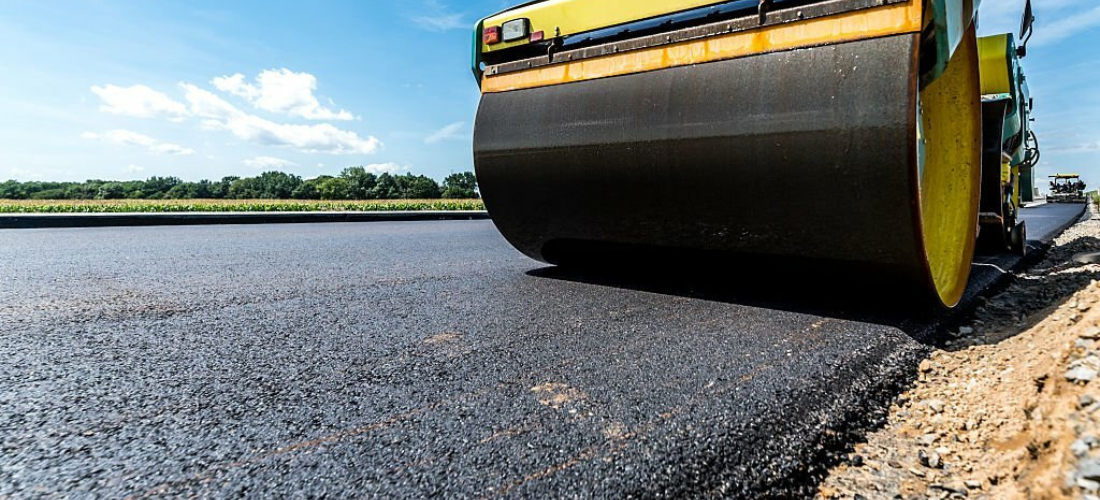An In-Depth Guide to Microsurfacing: Benefits and Process
Maintaining road infrastructure is a never-ending challenge. With the constant wear and tear caused by weather, heavy traffic, and other factors, roads require regular maintenance to ensure safety and longevity. One innovative solution that has gained popularity in recent years is microsurfacing. In this comprehensive guide, we will delve into the world of microsurfacing, understanding its benefits, and exploring the intricate process that keeps our roads smooth and resilient.
What is Microsurfacing?
Microsurfacing is a cost-effective and versatile road maintenance technique used to protect and extend the life of existing road surfaces. It is a thin, protective layer that consists of a mixture of polymer-modified asphalt emulsion, graded aggregates, mineral fillers, and chemical additives. When applied correctly, microsurfacing can address a range of road issues and enhance the overall road quality.
The Benefits of Microsurfacing:
1. Cost-Effective Maintenance: Microsurfacing is more cost-effective than traditional road reconstruction methods. It can extend the life of roads, reducing the need for frequent and costly repairs.
2. Enhanced Safety: The smooth and skid-resistant surface created by microsurfacing improves road safety, especially during wet conditions.
3. Minimal Disruption: Microsurfacing can often be applied quickly, and traffic can resume sooner, minimizing disruptions to commuters.
4. Crack Sealing: It effectively seals small cracks and prevents moisture from penetrating the road structure, reducing the risk of further damage.
5. Improved Appearance: Microsurfacing can rejuvenate the appearance of worn roads, enhancing their aesthetics.
The Microsurfacing Process:
1. Surface Preparation: Before application, the road surface is thoroughly cleaned, and any necessary repairs are made to ensure it is in good condition.
2. Emulsion Preparation: A specialized asphalt emulsion is prepared by combining polymer-modified asphalt, water, and additives to create a stable mixture.
3. Aggregate Mixing: High-quality, selected aggregates are mixed with the emulsion to create the microsurfacing material.
4. Application: The microsurfacing material is applied evenly to the road surface using specialized equipment, such as a microsurfacing machine. The thickness of the layer is precisely controlled to achieve the desired result.
5. Curing: The microsurfacing material requires time to cure and set. Traffic is typically allowed back onto the road after a short curing period.
6. Striping and Markings: Road markings and lane designations are then applied to the newly surfaced road.
Conclusion:
Microsurfacing is a valuable road maintenance solution that offers a range of benefits, from cost-effectiveness to enhanced safety and improved road appearance. The process may seem intricate, but it plays a crucial role in keeping our roads smooth and resilient. As road maintenance needs continue to grow, microsurfacing is likely to remain a significant player in the preservation and improvement of our road infrastructure.

